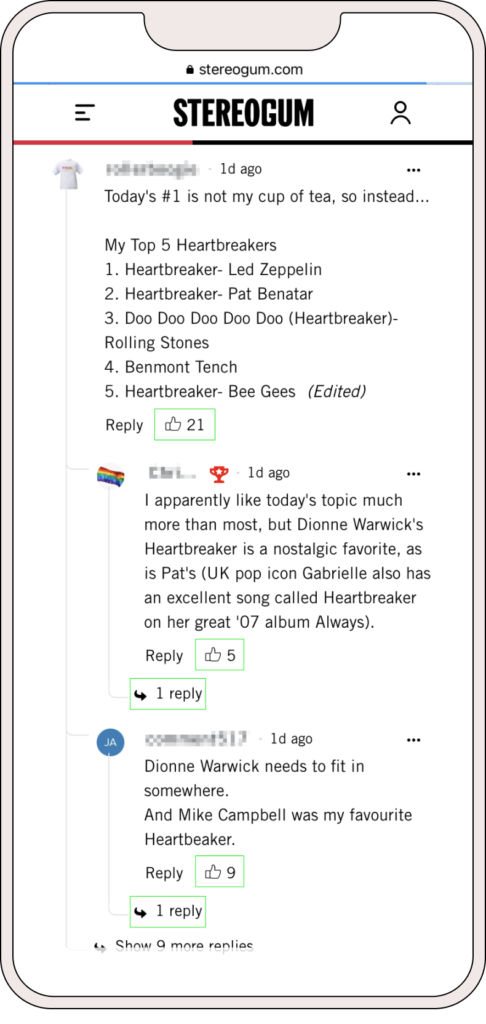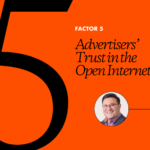Comment sections have gotten a bad rap. This reputation didn’t emerge from nowhere — there’s a reason “don’t read the comments” has become a kind of media-class saying.
But it is worth remembering: great content paired with vibrant conversation drove the likes of Facebook, Twitter, Snap and TikTok from scrappy social start-ups to some of the biggest companies and advertising platforms in the world.
With that in mind, it’s reasonable to say that this lingering distaste for comments might be holding media companies back. Why? Because despite how we might feel about them, readers like conversation—especially when that conversation is healthy, productive and interesting.
New data from OpenWeb’s network of 1,000+ global publishers shows that those who engage with the conversation view 4.5X more pages. They also spend 3.6X more time on-site, and drive 3.2X more revenue than non-engaged users. Better yet, on average, 25% of these users return monthly.
Vibrant, healthy conversations can mean the difference between a drive-by visitor and a regular, routine user for a publisher. Today, innovations in moderation tech can keep the trolls at bay and bring your best users to the fore.
These users form a loyal community, and bring with them rich first party data to drive your business forward.
Comments build community
You don’t have to look hard to find examples of the “classic” comments section—i.e., a container of chaos dominated by trolls, in which reasonable people struggle to have their voices heard.
But, increasingly, the opposite is just as common. There are communities out there that embody everything good about what the internet can be: where people gather to talk about the things that matter to them.
See, for instance, the hundreds of theories and in-jokes that accompany any New York Times prestige TV recap; or the often-moving personal reminiscences to be found under Stereogum’s ‘The Number Ones’ column, which tackles #1 Billboard hits from throughout the decades.

In places like these, publisher content serves as the water cooler around which readers congregate—transforming your content into a hub for lively discussion. People might drop in with their own takes; crack their own jokes; or they might relate personal experiences relevant to the subject at hand. A real community starts to form, one that’s inseparable from your content because then you’ve become the host.
That’s not to say that, even in the best communities, trolls have entirely disappeared. Trolls will never entirely disappear. As a free and open society, we’re stuck with them. However, freedom of speech is not freedom of reach
New innovations in moderation tech ensure that their contributions will be minimized. With advances in AI and machine learning, toxicity is instantly flagged, quarantined and discouraged. Similarly, high quality, good-faith contributions can be identified and sorted near the top, where they’ll set the tone for the rest of the conversation.
In that way—trolls may not be gone, but they’re largely out of sight.
Comments and your bottom-line
So as your community grows, your platform becomes a social network of its own. Your content becomes a place that readers visit directly, and regularly, to catch up with the latest news in their community. There are serious incentives to consider. By basically every metric, high-quality conversations are a boost for the key indicators that publishers care about.
Then, of course, there’s the fact that third-party data is on the way out: Google is set to eliminate cookies from its Chrome browser in 2023.
In the new media environment that’s currently taking shape, in which publishers are going to need to build first-party data, comments are an invaluable source for sentiment and behavior. In other words, you can learn a ton about your readers from what they feel comfortable posting on your site, assuming you’ve fostered the conditions for a healthy community. And a robust on-site community also makes it much more likely that people will register and/or subscribe, increasing the pool of quality first-party data at your fingertips. This all, of course, also supports robust and effective registration and subscription funnels.
Conversation—person-to-person online interaction—is the lifeblood of the internet. It’s the growth engine behind some of today’s biggest tech companies, and it should be a driver of growth for publishers as well.


